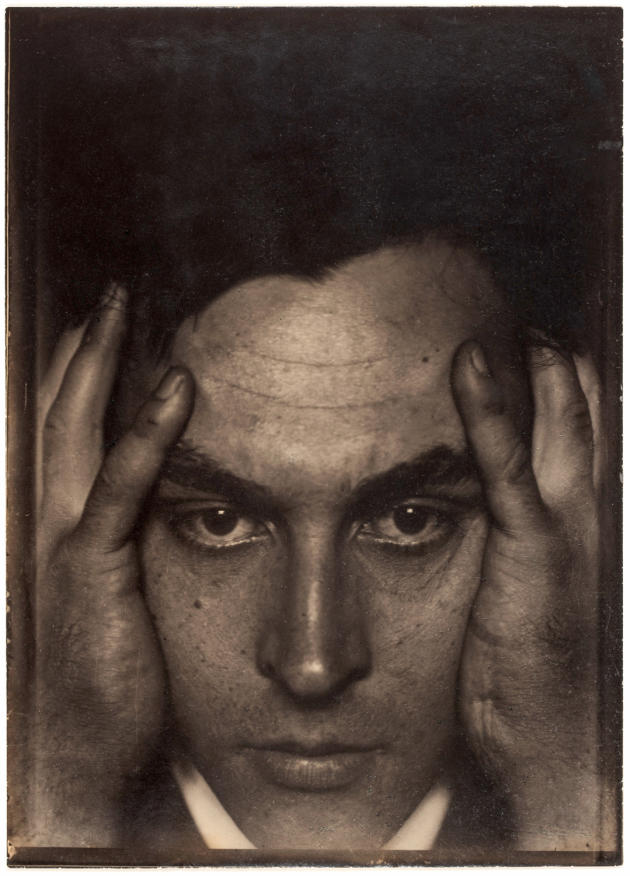For this fall, the eyes are adorned with gold and metal reflections to better look to the future, when the design turns to the past to appreciate all its modernity. At the cinema, viewers will be given pride of place by French films when, to sit down to eat, the gastronome will turn to the Californian flavors of chef Dominique Crenn. To go out, we will dress in the most beautiful fabrics accessorized with reassuring jewellery. And for those who already regret the end of the holidays, they can continue to season their meals with the best olive oils, put on a paisley print swimsuit or even immerse themselves in the immense skies of Nicolas de Staël at the Museum of Art. modern Paris.
Culture
In Beaubourg, a photographic face to face
Marin Karmitz, born in 1938, is not only one of the most important figures in the world of European cinema, through the company MK2, he is also a great collector of contemporary art whose role in the career of certain artists, such as Christian Boltanski, is undeniable. The exhibition “Body to Body”, which opens on September 6 in Beaubourg, is a dialogue between two collections of photographs. That of Marin Karmitz and that of the Parisian museum. In all, 500 works signed by 120 historical and contemporary photographers. It is up to the visitor to weave links between the creations, between the currents and between the personal vision of a man, and that, more scientific but just as emotional, of a museum. C.Gh.
At the MAM, the voracious light of Nicolas de Stael
“Give man back to himself” such was the mission that Nicolas de Staël had entrusted to his painting: thus summarizes it his faithful friend, the poet René Char. The Museum of Modern Art in Paris unveils the infinite richness of the work of the Russian exile, legend of the post-war Parisian scene, through a vast retrospective of around 200 paintings, drawings, engravings and notebooks. From Paris to Antibes, she retraces in its intensity her trajectory of fifteen years, shattered by her suicide in 1955, at the age of 41. “It’s so sad without paintings, life, that I go for it as much as I can”, wrote the unclassifiable artist, who refused to enter into the debates between abstraction and figuration dividing the artistic world of that time.
Returning to his first figurative steps, then the floating forms of his canvases from the war years, the exhibition reveals his “inevitable need to break everything when the machine seems to be running too smoothly”. Established as a central figure of the second school of Paris, Nicolas de Staël nevertheless refused to belong to any movement, exploring techniques, formats, tirelessly changing tools and subjects, from football to still life. We know less, he also turns out to be a virtuoso of drawing, as revealed by a rich selection of works on paper. The high point of the route, its refined landscapes of the 1950s, evoked through a number of paintings never shown in a French museum.
You have 90.16% of this article left to read. The following is for subscribers only.
